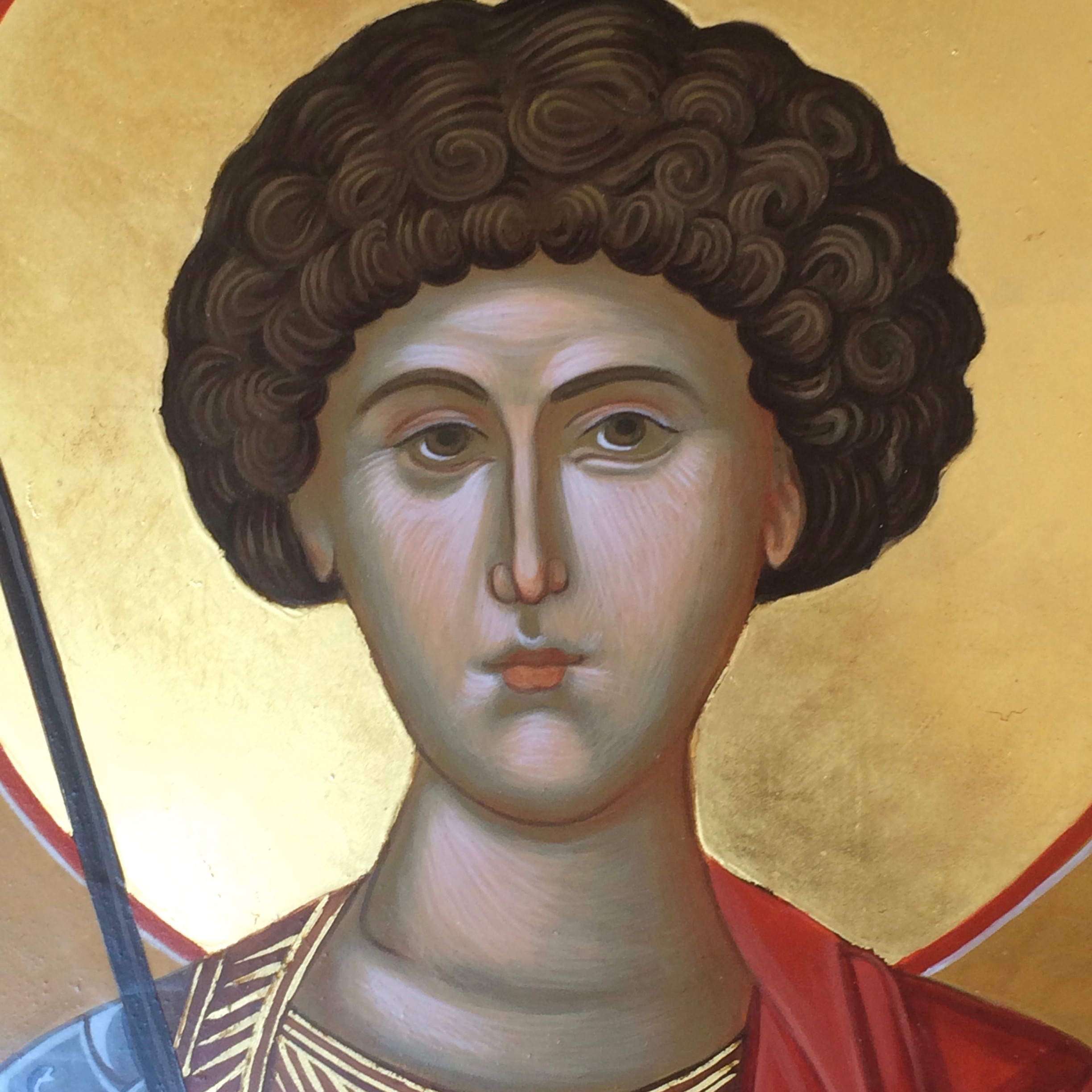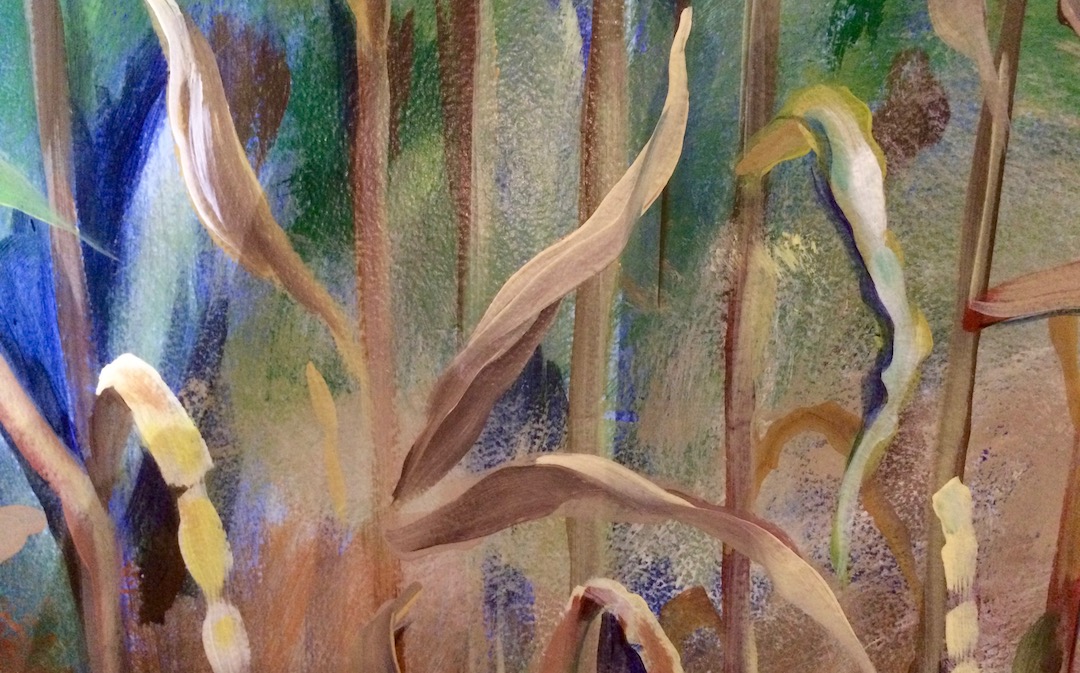Please Explore my Works…

Oils
Archangel Michael is one of two chief angels of the highest order. Michael is recognized by Christianity, Judaism, & Islam.
Michael is a protector and commander of Gods army.

Drawings
Saint George (Greek: Γεώργιος Georgios; ) c. 275/281 – 23 April 303 AD), was born to a Greek Christian noble family in Lydda, Roman Palestine.

Mosaics
Mary, Mother of God or Theotokos ( Greek: Θεοτόκος ). The term translates from ecclesiastical Greek, theos ‘god’ + -tokos ‘bringing forth’.

Icons
Mary, Mother of God or Theotokos ( Greek: Θεοτόκος ). The term translates from ecclesiastical Greek, theos ‘god’ + -tokos ‘bringing forth’.
Iconography - /ˌīkəˈnägrəfē/
Simply defined, iconography is defined as visual images and symbols that are used in a work of art in order to interpret "something." An icon, is a person who symbolizes "something." But is this all that there is? What is the something?
The icon is not nearly a piece of art, but an aid to worship, and an instrument for the transmission of Christian tradition and faith. Some branches of Christianity, particularly Orthodox, say that the Holy Spirit speaks to us through icons. Where an icon is placed, it becomes a place of worship and prayer. It is not merely decoration, but a window through which we look with our physical eyes into Heaven and the realm of spiritual experience. In this manner, the icon is theology in action; a vehicle for spiritual prayer and devotion, made possible via images, line and color.
Historically, icons are the result of the synthesis of three different cultures: Greek, Roman and Christian. Christian art first appeared in the catacombs, which were underground burial places. Although the catacombs were used by many cultures and widely spread geographically, they are commonly associated with Christianity. The largest body of catacombs was discovered in Rome. Starting with the 3rd Century, Roman Christians buried their dead in subterranean tombs composed of networks of corridors and cubicles of various sizes cut into rock. Some of the tombs were decorated with a painted or carved inscription identifying the occupant, while other images included scenes from the Old Testament. Eventually, when Christianity became tolerated, the decorations of the catacombs became quite elaborate. The Roman catacombs ceased to be used for burial in the 6th Century.
Symbols have always been important in art, and because of pre-existing pagan symbols, Christians incorporated them along with new ones that they invented. For example: the ship represented the Church, while the peacock, the dove, and the palm tree were representations of Paradise. The adoration of the Wise Men represented the admission of pagans to the faith, and the multiplication of breads was the symbol of the Eucharistic banquet; the vine symbolized the mystery of God's grace for the baptized. What could not be openly expressed by Christians, because of the fears of persecution, was portrayed in a symbolic language, a secret code used by believers in a hostile world: This secret symbolism of the images in the catacombs was progressively taught to the catechumens. The catacombs bear witness that wherever Christians gathered, they created a visual environment to remind them of the God, Jesus and help them pray.
The most wide spread symbol used, that appeared in the 2nd Century is the fish.
A sign used in antiquity to represent abundance or fertility and later, in Roman times, eroticism, the fish became a condensed form of the Creed: the word fish in Greek - IXÈYÓ - is composed of five letters forming an acrostic abbreviating the dictum: Iesous Christos Theou Yios Soter; translated into English, it means: Jesus Christ, Son of God, Savior.

